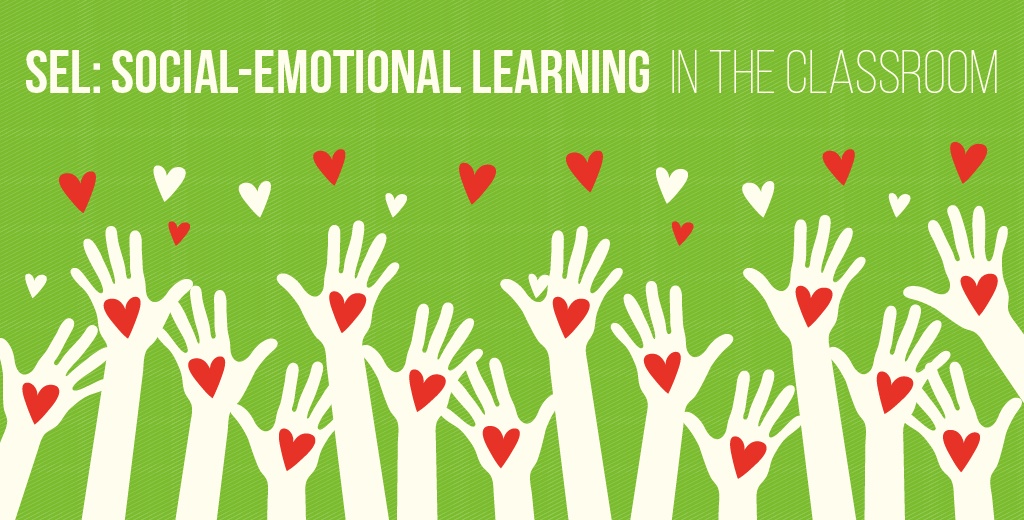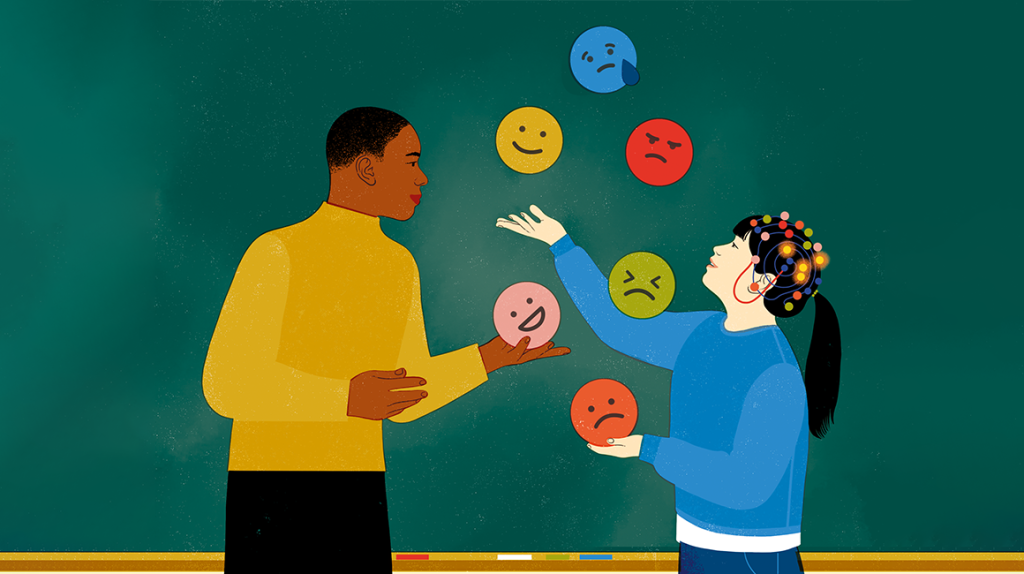Social Emotional Learning (SEL) is transforming education by helping students develop emotional intelligence, self-awareness, and interpersonal skills. As schools increasingly recognize the importance of mental well-being alongside academic success, SEL has become a key component of modern education.
But what exactly is Social Emotional Learning? How does it benefit students, and how can schools integrate it effectively? In this guide, we’ll explore the principles of SEL, its benefits, and practical strategies for implementation in classrooms.
What is Social Emotional Learning (SEL)?

Social Emotional Learning (SEL) is the process through which students learn to understand and manage emotions, build healthy relationships, and make responsible decisions. The Collaborative for Academic, Social, and Emotional Learning (CASEL) defines SEL as having five core competencies:
- Self-Awareness – Understanding emotions, strengths, and limitations.
- Self-Management – Regulating emotions, stress, and impulses.
- Social Awareness – Showing empathy and understanding diverse perspectives.
- Relationship Skills – Communicating effectively and resolving conflicts.
- Responsible Decision-Making – Making ethical and constructive choices.
📌 Fun Fact: Studies show that students with strong SEL skills perform better academically and are less likely to engage in disruptive behavior.
2. The Benefits of Social Emotional Learning in Schools
A. Academic Success & Cognitive Development
- SEL improves focus, memory, and problem-solving skills.
- Students who develop emotional resilience handle academic challenges better.
- SEL creates a positive learning environment, leading to improved grades and engagement.
📌 Did You Know? A meta-analysis found that students who participated in SEL programs had an 11% increase in academic performance.
B. Emotional Well-Being & Mental Health
- Helps students cope with stress, anxiety, and frustration.
- Encourages mindfulness and emotional regulation techniques.
- Reduces bullying, aggression, and disciplinary issues.
📌 Pro Tip: Schools with SEL programs see a decrease in anxiety and depression rates among students.
C. Social Skills & Conflict Resolution
- SEL teaches students to listen actively, express themselves respectfully, and work in teams.
- Reduces peer conflicts and promotes empathy in diverse classrooms.
- Encourages healthy friendships and positive interactions with teachers and peers.
📌 Fun Fact: Schools that implement SEL report a 20% decrease in behavioral issues and increased student cooperation.
3. How to Integrate SEL into School Curriculum
A. Classroom-Based Strategies
- Morning Check-Ins – Start the day by asking students how they feel and why.
- Mindfulness & Breathing Exercises – Helps students stay focused and calm under stress.
- Emotional Vocabulary Lessons – Teach students words to express their emotions accurately.
- Gratitude & Kindness Journals – Encourages positive thinking and reflection.
- Peer Mediation Programs – Train students to resolve conflicts peacefully.
📌 Pro Tip: Teachers can use the “Zones of Regulation” method to help children recognize and manage emotions.
B. Integrating SEL into Academic Subjects
- Literature & Writing: Discuss characters’ emotions and ethical dilemmas in books.
- Math & Science: Encourage problem-solving teamwork and patience in difficult tasks.
📌 Did You Know? Some schools incorporate “SEL-infused reading comprehension”, where students analyze how characters handle emotions and relationships.
C. School-Wide SEL Programs
- Teacher Training in SEL – Educators learn to model emotional intelligence.
- Restorative Justice Practices – Instead of punishment, schools focus on repairing relationships.
- SEL-Focused Assemblies & Workshops – Brings students, teachers, and parents together.
- Parental Involvement – Encouraging SEL practices at home reinforces learning.
📌 Fun Fact: Schools with strong SEL programs see higher graduation rates and lower suspension rates.
4. Overcoming Challenges in Implementing SEL
A. Resistance to SEL in Traditional Education Systems
- Some believe SEL takes time away from academic subjects, but studies show it enhances learning.
- Teachers need training and support to integrate SEL effectively.
📌 Solution: Provide professional development programs for educators on SEL integration.
B. Measuring SEL Outcomes
- Unlike test scores, emotional growth is harder to quantify.
- Schools must develop consistent SEL assessment tools.
📌 Solution: Use surveys, student self-assessments, and behavioral observations to track SEL progress.
C. SEL in Culturally Diverse Classrooms
- SEL must be inclusive and recognize different cultural expressions of emotions.
- Avoid a one-size-fits-all approach—adapt strategies to fit different student backgrounds.
📌 Solution: Use culturally responsive teaching methods in SEL programs.
5. The Future of SEL: What’s Next?
A. Digital SEL Tools & AI Integration
- Apps like Headspace, MoodMeter, and ClassDojo offer SEL-based activities.
- AI-driven tools analyze student emotional engagement in real-time.
📌 Fun Fact: Virtual reality (VR) is being used to simulate real-life social situations for SEL training.
B. SEL & Workforce Readiness
- SEL skills are essential for 21st-century careers requiring teamwork, adaptability, and emotional intelligence.
- Employers prioritize soft skills like communication and leadership alongside technical abilities knowledge.
📌 Pro Tip: Schools are now incorporating SEL in career counseling and job readiness programs.
C. SEL in Trauma-Informed Education
- Schools are focusing on trauma-informed SEL to support students facing adversity.
- Programs include counseling, mindfulness, and stress management.
📌 Did You Know? 90% of educators believe SEL should be a part of the school curriculum to support student mental health.
Conclusion
Social Emotional Learning is more than just a trend—it’s a transformative approach that shapes emotionally intelligent, resilient, and socially aware individuals. By integrating SEL into schools, we equip students with essential life skills that go beyond academics.
🔥 So, whether you’re a teacher, parent, or student, embracing SEL is a step toward building a kinder, more emotionally intelligent world! 💡✨
Looking for inspiration for your next web project? Check out CSS Mayo for a curated collection of creative CSS snippets and design ideas.


